Mont Blanc avalanche claims eight victims
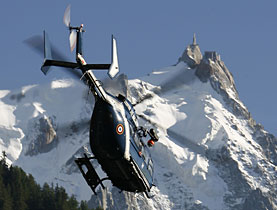
High-altitude avalanches like the one that swept down Mont Blanc on Sunday killing eight climbers are not that unusual at this time of year, say mountain experts.
The bodies of the eight – three Swiss, four Germans and an Austrian – have been located following the huge avalanche on western Europe’s highest peak.
Seven other people were hospitalized with injuries.
A helicopter picked up the signal of special homing devices the climbers were wearing. Police officials said it appeared the climbers had fallen into a deep crevasse.
Rescuers will not attempt to recover the bodies, because the area is prone to avalanches.
Police said they have to wait for the snow to melt which could take “a few weeks or several years”.
The avalanche, 200 metres long and 50 metres wide, appeared poised to become the deadliest this year in the French, Swiss or Italian Alps, and the worst in the French Alps since 1998, French officials said.
The avalanche began at around 3am after a massive block of glacier ice, known as a serac, cracked off a side of the Mont Blanc du Tacul (4,248m), hitting a path often frequented by groups heading for the summit of Mont Blanc.
The group was climbing in ideal weather conditions and with no particular risk of avalanches.
“You can’t say this route is becoming more dangerous due to global warming. It was perfect conditions to climb Mont Blanc. But a falling serac is like an earthquake; we know they could happen at any time,” Chamonix guide Christophe Boloyan, who was among the rescuers, told swissinfo.
Seracs
Avalanches are not uncommon at this time of the year, added Chamonix’s mayor, Eric Fournier.
“They are part of the objective risks of the mountain in an area which is well known and which sometimes results in serac falls,” he added.
“Avalanches are possible in the Swiss Alps in summer if it snows for a few days above 3,000 metres,” added Ueli Mosimann, spokesman for the Swiss Alpine Club (SAC).
In July 2007 six army recruits died in an avalanche on the Jungfrau in the Bernese Oberland, the worst accident in 15 years for the Swiss armed forces.
And there are other regions in Switzerland, like the Massif du Grand Combin in canton Valais, which are also prone to serac falls – maybe one a week. However, accidents are rare and down to very bad luck, he added.
Statistics
According to figures released last week, almost 100 people died this summer in the French, Italian and Swiss peaks, most of them in the Mont Blanc range.
“The Mont Blanc’s very popular and busy, but compared with the number of people who try, there are only a few accidents on this mountain. In summer some days we have over 100,000 visitors a day in Chamonix. 100 deaths a year in the Alps is not a lot when you compare with car accidents,” said Boloyan.
This year’s mixed summer weather points towards an “average” summer high season in Switzerland in terms of accidents and deaths, says the SAC. Last year 28 people died in the Swiss Alps in June and July, compared with 17 since the beginning of June.
This has resulted in a quieter time for Rega, Switzerland’s leading air rescue organisation.
“When we have good weather more people go out to the mountains,” said Rega spokesman Thomas Kenner.
“High mountain conditions have often been more difficult than in previous years as the weather has not been stable. The good weather hardly lasted longer than three days and it snowed at high altitude at 4,000m.”
But looking back over the past five years, Rega has been called out much more often to rescue people in the mountains.
“The trend is upwards as everyone’s got a mobile and people think it gives them security,” he said. “They are generally well equipped but sometimes they try to do too much and don’t check the weather conditions.”
swissinfo, Simon Bradley in Geneva
According to the Swiss Alpine Club, some 123 people died in mountain accidents in Switzerland in 2007 – 105 men and 18 women (average over past ten years: 100). Of these 71 were Swiss and 52 non-Swiss.
The highest number of victims were hikers, followed by high-altitude mountain climbers and people practising ski touring.
The highest annual number of victims was in 1986 (154), compared with 88 in 1995.
The main cause of accidents is falls, followed by avalanches.
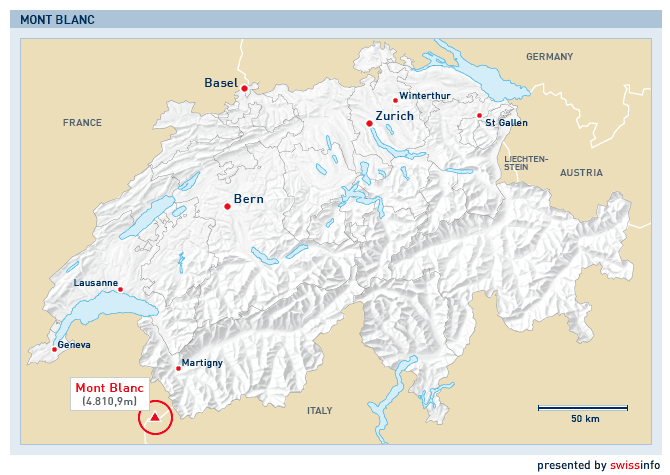

In compliance with the JTI standards
More: SWI swissinfo.ch certified by the Journalism Trust Initiative









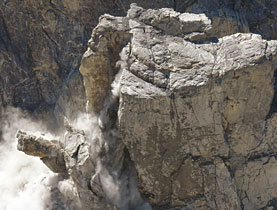
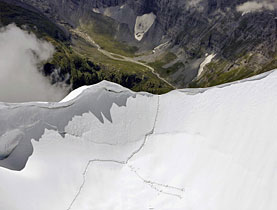
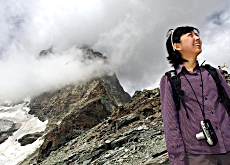
You can find an overview of ongoing debates with our journalists here . Please join us!
If you want to start a conversation about a topic raised in this article or want to report factual errors, email us at english@swissinfo.ch.